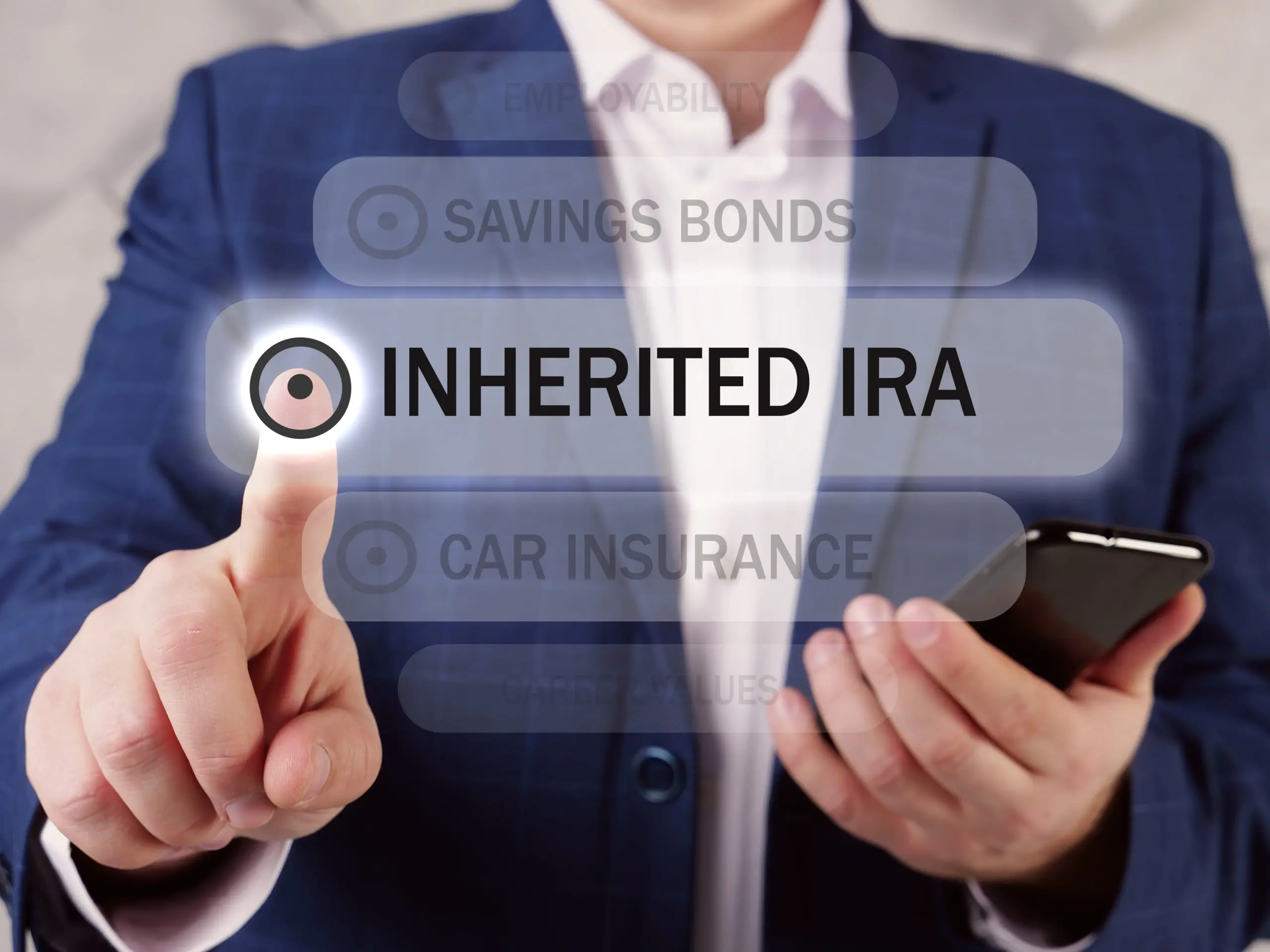
Do you have a retirement account? You need to designate a beneficiary. That is where this story begins. IRA inheritance is a bumpy story, so fasten your seat belt.
Your primary beneficiary is the person or entity who inherits the retirement assets when you pass. You can choose primary beneficiaries and contingent beneficiaries. The primary beneficiary is first in line to receive the assets. The contingent beneficiary becomes the new primary if the original passed before the account holder did. If the account holder is married, their spouse would have to agree in writing to not being the primary beneficiary. You might want to have a family trust be the beneficiary or a favorite charity, for example. When you designate beneficiaries, you can also designate more than one primary or contingent beneficiary.
What happens next?
The retirement funds are moved to an Inherited IRA. It is also referred to as a Beneficiary IRA.
The SECURE Act 1.0
The SECURE Act (Setting Every Community Up For Retirement Enhancement Act) became effective January 1, 2020. It effectively eliminated the ability to take distributions from Inherited IRA or 401k retirement plans over extended periods of time. Now these funds must be withdrawn from the account within 10 years. There are exemptions for certain beneficiaries, however.
The new rules for a Beneficiary IRA would not apply to:
- a surviving spouse
- a minor child*
- disabled or chronically ill individuals
- anyone within 10 years of age of the deceased account holder
Beneficiaries
“Eligible designated beneficiaries” and can take the funds over a 10-year period, take life expectancy payments, transfer the funds into their own IRA, take a distribution and then rollover the funds into their own IRA or take a lump sum.
All other human beneficiaries are called “Designated beneficiaries” and can now only take equal amounts each year for ten years or they could take it all in one year or any other combination as long as all the funds are distributed in 10 years. A minor must take the funds over a 10-year period after achieving the age of majority. *
A nonperson beneficiary can only take life expectancy payments or a lump sum.
The downside
The Congressional Budget Office says will cost taxpayers around 16 billion dollars due to the fact the distributions will be so much larger it will push many people into higher tax brackets.
What about Roth IRAs?
Traditionally, Roth IRAs did not have Required Minimum Distributions (though Roth 401k’s did). That has always been one of the benefits of the Roth IRA. However, Roth IRAs are also now subject to this new 10-year distribution rule. Several tax advisors suggest the account holder may consider converting to Roth IRAs now, so they will pay the taxes now instead of their heirs (over that 10-year period).
What about other retirement accounts?
One important aspect for beneficiaries of Traditional, SEP and Simple IRAs is determining if the original account holder took their required minimum distribution (RMD) in the year of death. If the original account owner has not done this, it is the responsibility of the beneficiary to make sure the minimum has been met before the end of the year. This can be an issue if the person passed close to the end of the year.
Yes, it is complicated.
Inherited IRAs are complicated. As a result you will want to ask questions. Getting good information is critical. You can always read the IRS tax code which provides valuable information, but the Internal Revenue Service does not offer advice. To determine the best option for the beneficiary, discuss any IRA inheritance questions with a tax or legal professional and get their guidance.
Discuss this, or any other question relating to a Self-Directed retirement account, please call uDirect IRA Services at 866-447-6598 or send us an email to info@uDirectira.com.
References:

